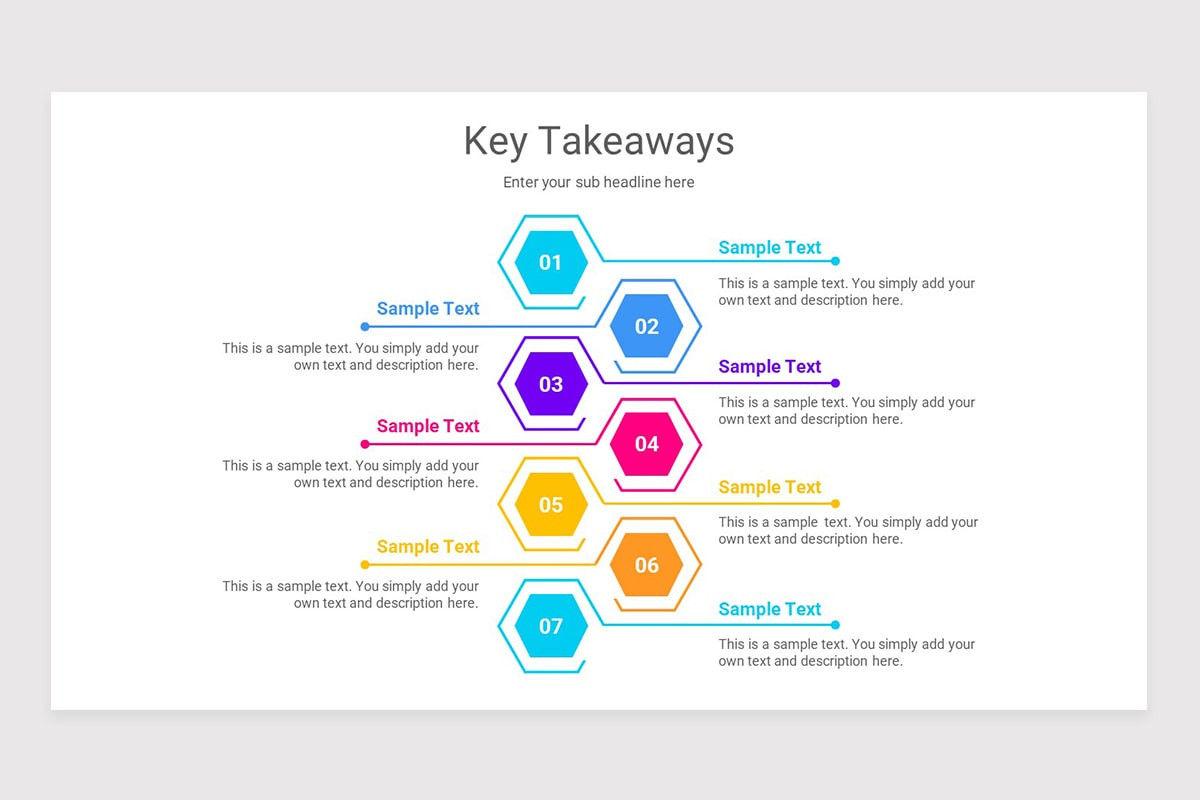Big Rig Rock Report 3.12: Key Takeaways From Rock 101

Table of Contents
Mastering Efficient Shifting Techniques for Fuel Economy
Proper shifting techniques are paramount for maximizing fuel efficiency in big rig driving. Understanding the interplay between RPM (revolutions per minute) and engine load is key. High RPMs at low loads waste fuel, while lugging the engine (low RPMs at high loads) can lead to increased wear and tear. The goal is to find the sweet spot where your engine operates efficiently.
Efficient shifting strategies vary depending on the terrain:
- Uphill: Downshift early to maintain momentum and avoid straining the engine. Utilize engine braking to help control speed and reduce reliance on the brakes.
- Downhill: Utilize engine braking effectively to reduce speed and minimize brake wear. This also contributes to better fuel economy.
- Flat Terrain: Maintain a consistent speed and avoid unnecessary acceleration and deceleration. Choose the highest gear possible while maintaining adequate power.
Here's a breakdown of best practices for efficient shifting:
- Avoid unnecessary downshifting: Only downshift when necessary to maintain adequate power or control.
- Utilize engine braking effectively: This reduces wear and tear on your brakes while improving fuel economy.
- Maintain consistent speeds whenever possible: Avoid rapid acceleration and braking.
- Plan ahead and anticipate changes in terrain: This allows you to shift proactively and avoid sudden changes in speed.
- Monitor fuel consumption using onboard systems: This provides valuable feedback on your shifting techniques and helps identify areas for improvement.
Predictive Driving: Anticipating Hazards and Smooth Operation
Predictive driving is a proactive approach that focuses on anticipating potential hazards and driving smoothly to enhance trucking safety and reduce wear and tear on your vehicle. It's about constantly scanning the road ahead, anticipating the actions of other drivers, and reacting smoothly to changing conditions.
Strategies for anticipating hazards include:
- Increasing following distance: This provides more reaction time in case of sudden stops.
- Constantly scanning the road ahead: Check your mirrors frequently and be aware of your surroundings.
- Being aware of weather conditions and adjusting driving accordingly: Reduce speed in adverse conditions.
- Practicing smooth braking to avoid sudden stops: This reduces stress on the braking system and improves overall safety.
- Utilizing turn signals appropriately: Giving other drivers ample warning of your intentions is crucial.
Smooth acceleration, braking, and steering minimize the stress on your vehicle's components, contributing to its longevity and reducing the need for frequent repairs. This is a core principle within Rock 101.
Vehicle Maintenance and its Impact on Rock 101 Principles
Regular vehicle maintenance is intrinsically linked to achieving Rock 101 goals. Neglecting maintenance can directly impact fuel efficiency, increase the risk of accidents, and lead to costly repairs. Routine checks are essential:
- Tire pressure: Maintaining correct tire pressure is crucial for fuel efficiency and handling.
- Fluid levels: Regularly check engine oil, coolant, brake fluid, and other essential fluids.
- Brake systems: Ensure your brakes are in optimal working condition.
By adhering to a preventative maintenance schedule, you can:
- Improve fuel economy: Well-maintained vehicles operate more efficiently.
- Extend the life of components: Regular servicing prevents premature wear and tear.
- Enhance safety: A well-maintained vehicle is a safer vehicle.
Here's a checklist for proactive vehicle maintenance:
- Regular tire pressure checks: Check tire pressure at least once a week.
- Scheduled maintenance according to manufacturer's recommendations: Follow the recommended service intervals.
- Addressing any mechanical issues promptly: Don't ignore warning signs.
- Keeping detailed maintenance records: This helps track service history and identify potential issues early.
Optimizing Your Big Rig Performance with Rock 101
Big Rig Rock Report 3.12 highlights the importance of mastering efficient shifting, predictive driving, and regular vehicle maintenance. By implementing these Rock 101 strategies, you'll significantly improve your fuel economy, enhance your safety on the road, and extend the life of your big rig. These techniques are essential for professional truck drivers aiming for optimal performance and longevity in their careers. Implement these Rock 101 strategies today to maximize your big rig's performance and safety. Learn more about advanced big rig driving techniques and improve your fuel economy with further Rock 101 training. Continue to explore the Big Rig Rock Report series for further insights into safe and efficient big rig operation.

Featured Posts
-
 Solve The Nyt Mini Crossword Answers For March 26 2025
May 23, 2025
Solve The Nyt Mini Crossword Answers For March 26 2025
May 23, 2025 -
 Zimbabwes First Test Triumph Muzarabanis Match Winning Performance Against Bangladesh
May 23, 2025
Zimbabwes First Test Triumph Muzarabanis Match Winning Performance Against Bangladesh
May 23, 2025 -
 Is Erik Ten Hag Leverkusens Next Manager
May 23, 2025
Is Erik Ten Hag Leverkusens Next Manager
May 23, 2025 -
 Kieran Culkin As Caesar Flickerman In The Hunger Games Sunrise On The Reaping Confirmed
May 23, 2025
Kieran Culkin As Caesar Flickerman In The Hunger Games Sunrise On The Reaping Confirmed
May 23, 2025 -
 Canada Post Strike Averted Details On The New Offer
May 23, 2025
Canada Post Strike Averted Details On The New Offer
May 23, 2025
